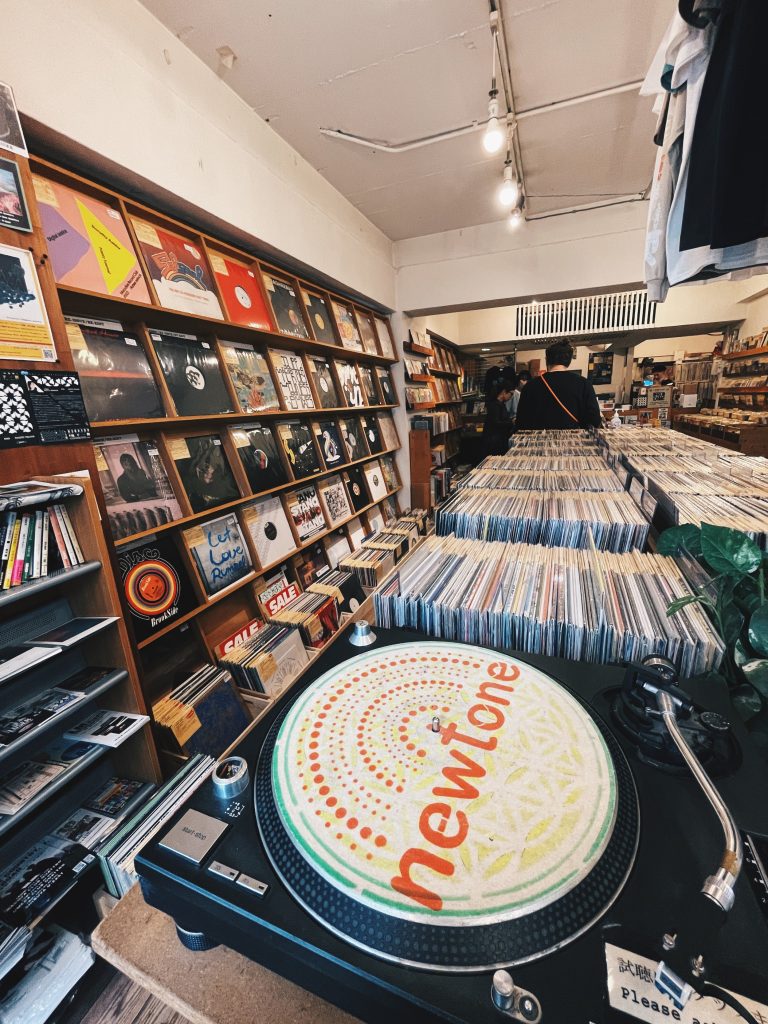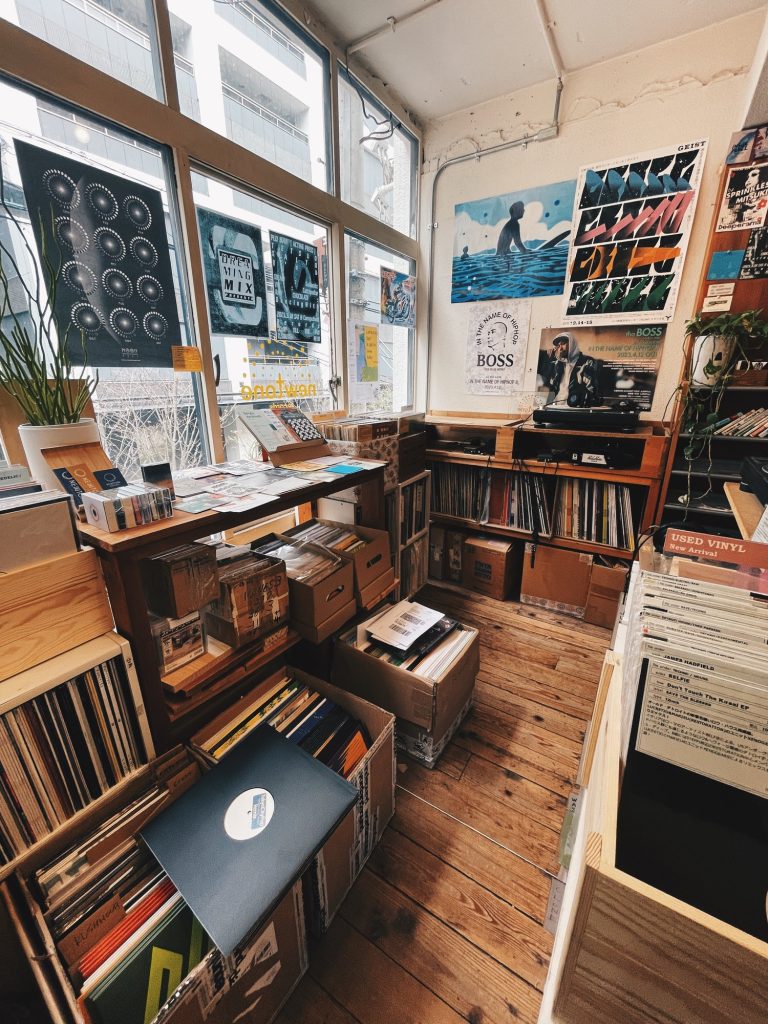If you collect vinyl records, you might have heard that Japanese pressings are special. Many people say they sound better, look nicer, and are made with better materials. But how do they compare to records made in the U.S.? Let’s break it down in detail so you can decide which one is best for you!
Sound Quality
Japanese vinyl is known for being really quiet and clear. That’s because they use high-quality vinyl that doesn’t have a lot of surface noise. The way they master the music also makes it sound very clean, with a focus on balance and detail. Many collectors say that Japanese pressings allow them to hear more of the subtle details in a song, from the crispness of a hi-hat to the depth of a bass note.
On the other hand, U.S. pressings can sound different depending on when and where they were made. Some people love the warmth and power of early U.S. pressings, especially for rock music from the ‘60s and ‘70s. Since U.S. pressings often used the original master tapes, they can have a more “authentic” sound, even if they aren’t as quiet as Japanese pressings. Some audiophiles feel that the sound of U.S. records is fuller, with deeper bass and more presence in the mid-range.
However, sound quality isn’t just about mastering—it’s also about how well a record is pressed. The better the pressing, the better the sound. Inconsistent pressings in the U.S. sometimes led to records with noticeable surface noise or distortion, which is less common in Japanese releases.

Vinyl Quality
Japan is known for having very high-quality vinyl. Their records are made with care and rarely have scratches or warps. The vinyl itself tends to be purer and less prone to static buildup. This means that even old Japanese records often still sound as good as new when well cared for.
In the U.S., especially in the 1970s and 1980s, some records were made with recycled vinyl, which caused more noise and lower quality. During the oil crisis of the 1970s, record companies in the U.S. tried to cut costs by reusing old vinyl, leading to noisier and sometimes thinner records. In contrast, Japan continued to use high-grade vinyl with strict quality control, resulting in consistently better pressings.
Because of this, Japanese records usually last longer and sound better even after years of use, while older U.S. pressings might have more pops and clicks. If you are buying used records, Japanese versions tend to be in better shape due to both their superior vinyl and the careful handling by Japanese collectors.
Packaging & Extras
Japanese records often come with extra goodies! Many have obi strips—paper bands around the cover with price and album info. These strips are highly collectible and make Japanese pressings stand out on a shelf. Many collectors prefer keeping the obi strip intact because it adds to the album’s value.
They also include booklets with lyrics (sometimes translated into Japanese) and extra pictures. These inserts sometimes have detailed liner notes written by Japanese music critics, giving insight into the album’s history and production. Some Japanese editions even come with posters or postcards, making them feel like special editions.
U.S. records usually come with basic album covers and, sometimes, lyric sheets, but they don’t always have the same level of detail and extra features. While some American albums feature iconic gatefold designs or high-quality inner sleeves, they generally lack the additional booklets and translations found in Japanese releases.
Price & Collectability
Because Japanese pressings are made with such high quality, they tend to be more expensive. Collectors are willing to pay extra for them, especially if they are in near mint (NM) or mint condition. Since many Japanese records were made in smaller batches, they can become rare and valuable over time.
Some U.S. pressings can also be expensive, especially original first pressings of classic albums. For example, a first pressing of a Beatles or Led Zeppelin album from the U.S. can be highly sought after and sell for a lot of money. However, in general, Japanese versions cost more due to their reputation for quality.
How Easy Are They to Find?
Japanese records were often made in smaller numbers and mainly sold in Japan, so they can be harder to find elsewhere. U.S. pressings were made in much bigger quantities, so they are more common in record stores and online. If you’re shopping for records in the U.S., you’re much more likely to find domestic pressings, while Japanese records usually have to be imported or found in specialty shops.
Also, Japanese collectors take really good care of their records, so it’s easier to find them in great condition compared to U.S. pressings, which may have been handled more roughly. Many used Japanese records look and play like they are brand new, while U.S. versions often show signs of wear from years of use.

Other Differences
Another interesting difference between Japanese and U.S. records is that Japanese pressings sometimes have slightly different mixes or tracklists. Due to licensing agreements and market preferences, some albums were altered for Japanese releases, including different cover art, bonus tracks, or unique mastering decisions.
Additionally, Japanese records were often sold with protective plastic sleeves, which helped keep the covers in good condition. This is why Japanese pressings from the ‘70s and ‘80s often look pristine compared to their U.S. counterparts, where album covers may have ring wear or faded colors.
Which One Should You Get?
Both Japanese and U.S. pressings have their own unique qualities. If you want super clean sound, fancy packaging, and well-preserved vinyl, go for Japanese pressings. If you like the raw, original sound and history of early releases, U.S. pressings might be a better fit.
If you’re a collector, having both can be a great way to compare the different versions of your favorite albums. Some collectors prefer the first U.S. pressings for historical reasons but grab a Japanese pressing for casual listening due to its clean sound.
Either way, collecting vinyl is all about what sounds and feels right to you. Do you have a favorite pressing? Have you compared Japanese and U.S. versions? Let us know in the comments!


Leave a Reply
You must be logged in to post a comment.